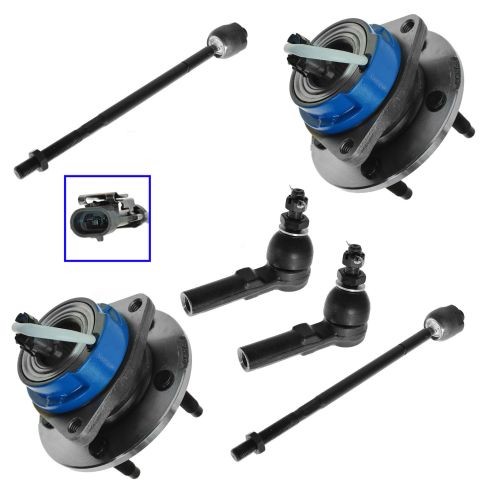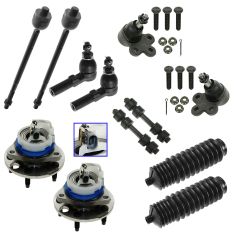1AHTF00014-Buick Cadillac Pontiac Olds Front 6 Piece Steering & Drivetrain Kit TRQ PSA58469

Replaces
2001 Pontiac Bonneville with ABS Brakes without Variable Ratio Steering Front 6 Piece Steering & Drivetrain Kit TRQ PSA58469

Product Reviews
Loading reviews
There are no reviews for this item.
Customer Q&A
No questions have been asked about this item.
Pontiac is a registered trademark of General Motors Company. 1A Auto is not affiliated with or sponsored by Pontiac or General Motors Company.
See all trademarks.


















